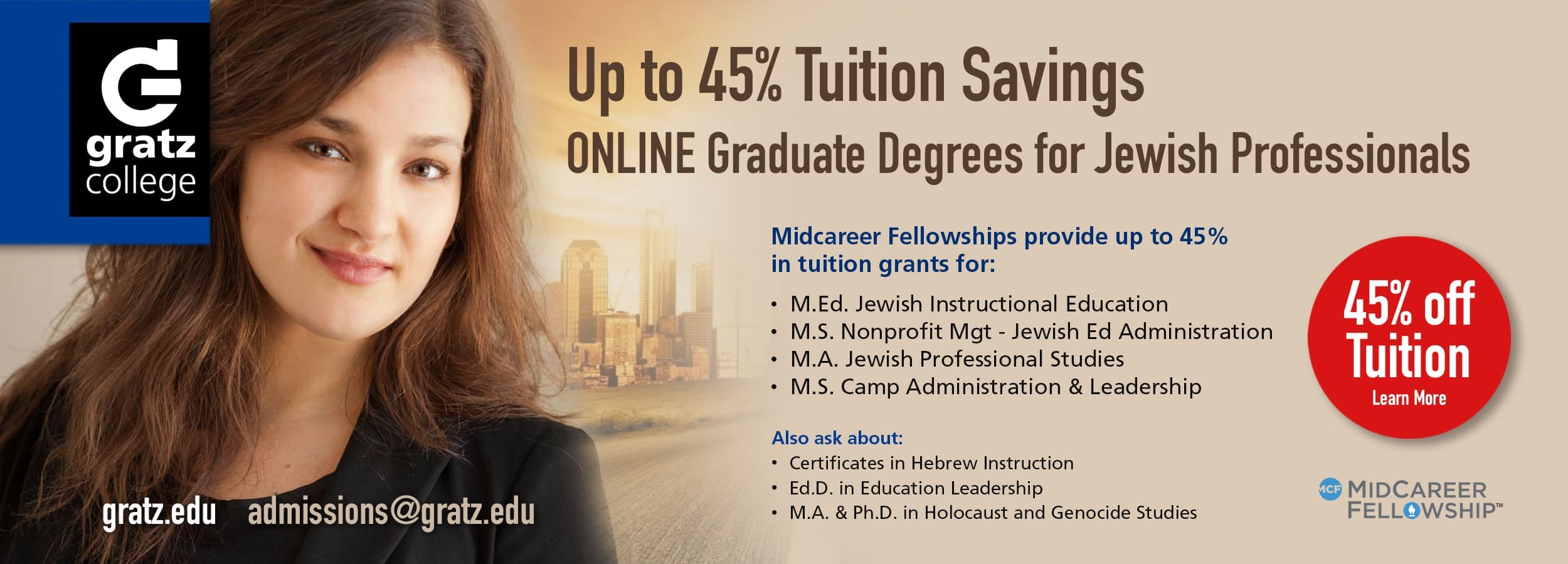Jewish History rocks. It’s filled with pebbles, stones, and boulders that simultaneously cry, laugh, and sing. All form the foundation of contemporary Jewish life. So how does the Jewish educator create enthusiasm among teens to hear the objects’ stories? After all, today’s students are often more interested in TikTok than Masada rock. And they no longer need to memorize facts and dates as their teachers once did; they carry a device that quickly accesses virtually every book, sacred text, and tale humans ever recorded. With that in mind, today’s educator needs to be prepared to help students understand how a moment, era, or trend in Jewish History is relevant today. Let’s look at a few examples of how I do this in my own classroom.
For students learning about the Ten Lost Tribes of the Kingdom of Israel, the year 722 BCE is incomprehensible. Thus, after learning about the invasion of northern Israel by the Assyrians, leaving only the southern Kingdom of Judah intact, students jump into the living remnants of that time and place. In an exercise called “Find A Lost Tribe,” they are divided into groups of two or three and are assigned one of the many communities around the globe claiming descent from ancient Israel—including far-flung groups in Papa New Guinea (tribal warriors who have a rallying cry of “Shema Yisrael”), ethnic Chinese Jews in Kaifeng, and the Lemba of Southern Africa (who make claim to the “kohen gene”). Students research and prepare a presentation on the group’s history, their claim to be part of ancient Israel, how their identity as Israelites is manifested, their place in their country’s broader society, and more.
As part of a unit focusing on the end of the Second Temple era, there are number of key issues which connect to realities in contemporary Jewish life. The exploration of Herod leads students to being able to respond to the question of whether Herod—with his megalomaniacal and murderous characteristics—was ultimately “good or bad for the Jews.” An examination of ancient sectarianism connects easily to learning about today’s various Jewish streams. Studying the Great Revolt against Rome (66-70 C.E.) opens up the legend and the history of Masada. This is done by exploring the desert fortress via photos, articles, and videos, followed by a written exercise focusing on Masada’s shifting meaning to Jews from the ancient era to various phases in pre-state, early, and now contemporary Israel. This includes why Diaspora and Israeli Jews view the remarkable site through different lenses.
Here’s another example. After several weeks of studies about American Jewish life in the Civil War era, ninth graders put themselves in the mindset of Jewish soldiers from the North or the South. They write letters home on the eve of battle or to relatives in Germany or Poland. They must include paragraphs exploring their faith in the God of Israel, a sense of patriotism, fear and worry about family, etc.
And yet one more. Near the end of a senior-year course on Israel, students might be offered a unit called “What Makes Tel Aviv Cool?” After studying the creation of the city in 1909—surely one of the Zionist movement’s greatest successes—the teens pick a Tel Aviv venue they’d like to visit. Past choices have included the city’s raucous nightclub scene, trendy Rehov Shenkin, and even a venue called “Dialogue in the Dark,” which helps seeing people understand a blind person’s experience. As with all their projects, they research and present and evaluate each other’s projects. As a result of their choices, focusing on Israel as a real place, they nurture a life-long, meaningful bond with the history of the land’s places and peoples.
Linking the past with the present challenges the teacher and stretches the students. This approach has helped my students learn with increasing depth as they build new foundations of Jewish identity and connection.

Neil S. Rubin chairs the Jewish History Department at Beth Tfiloh Dahan High School. He also has served as Editor of the Atlanta Jewish Times and Senior Editor of the Baltimore Jewish Times.
Reach 10,000 Jewish educational professionals. Advertise in the upcoming issue of Jewish Educational Leadership.




